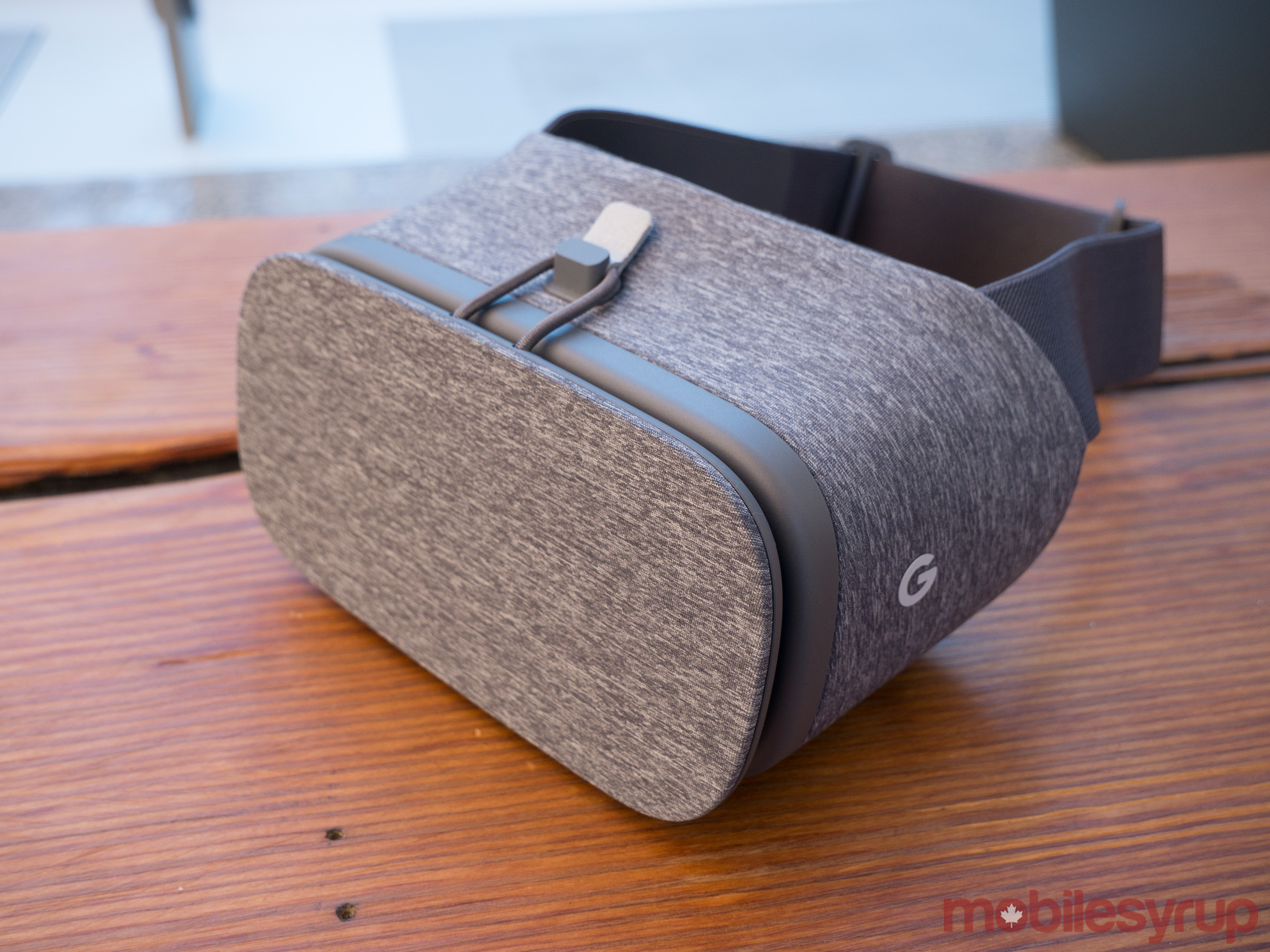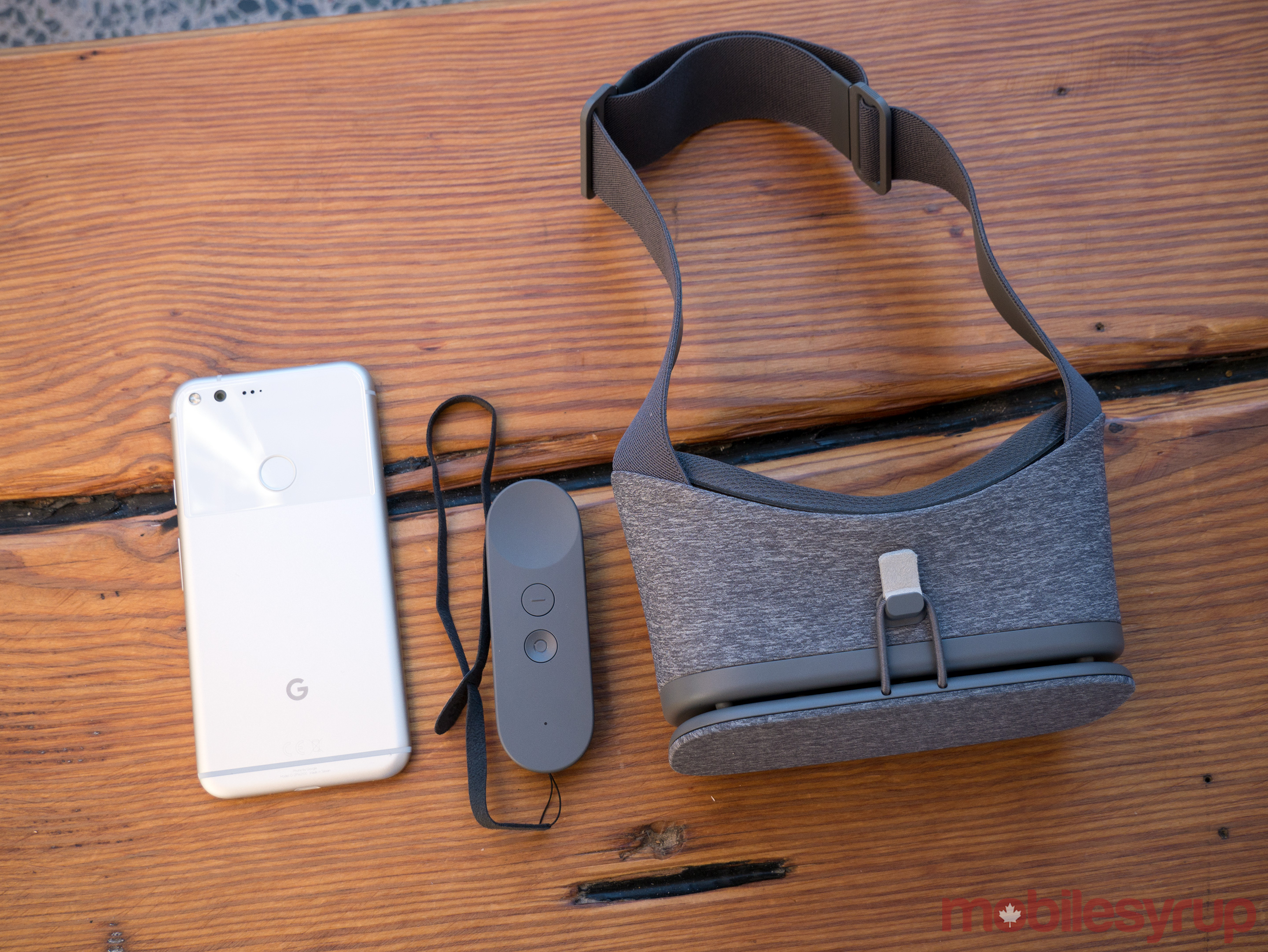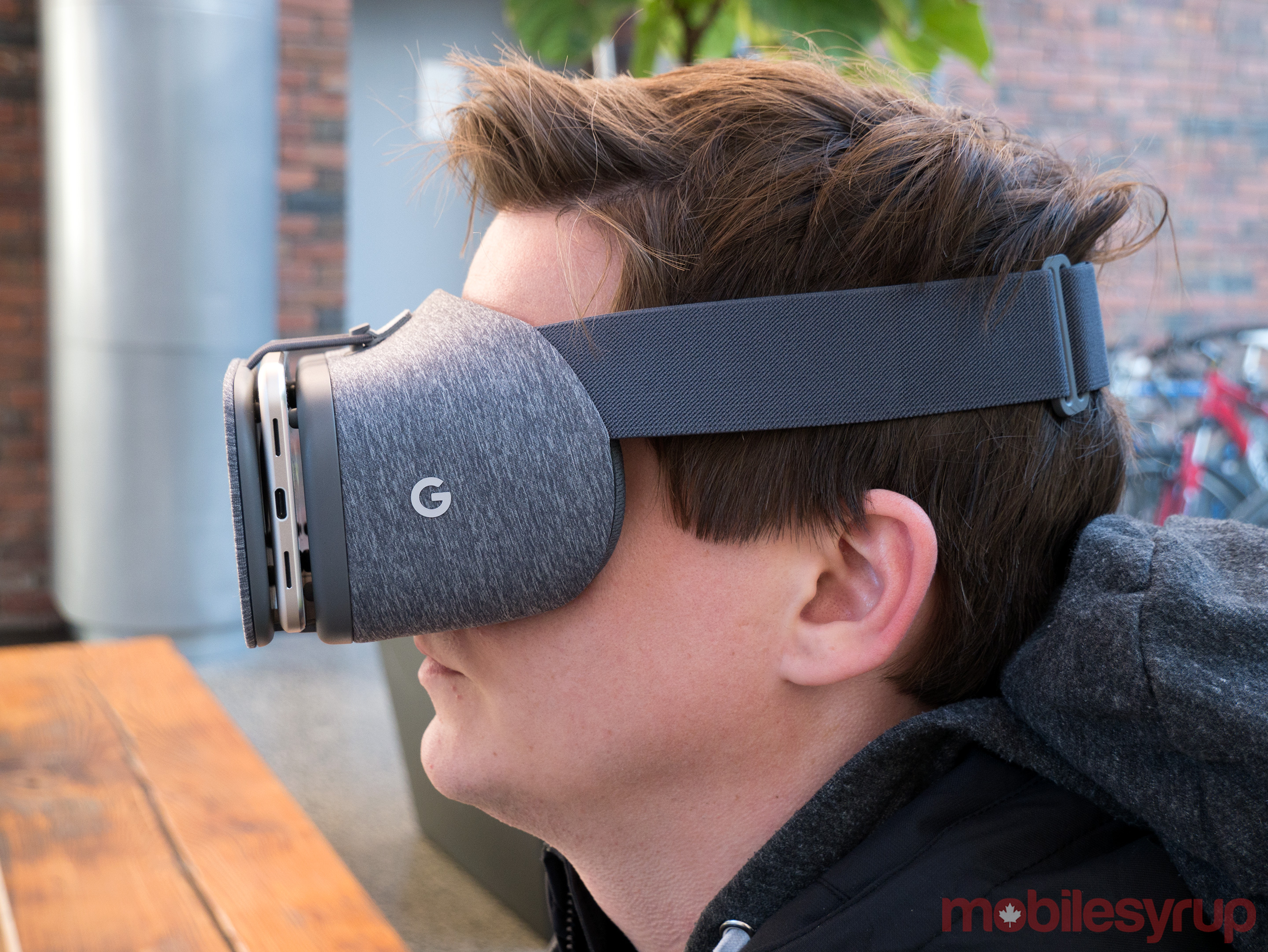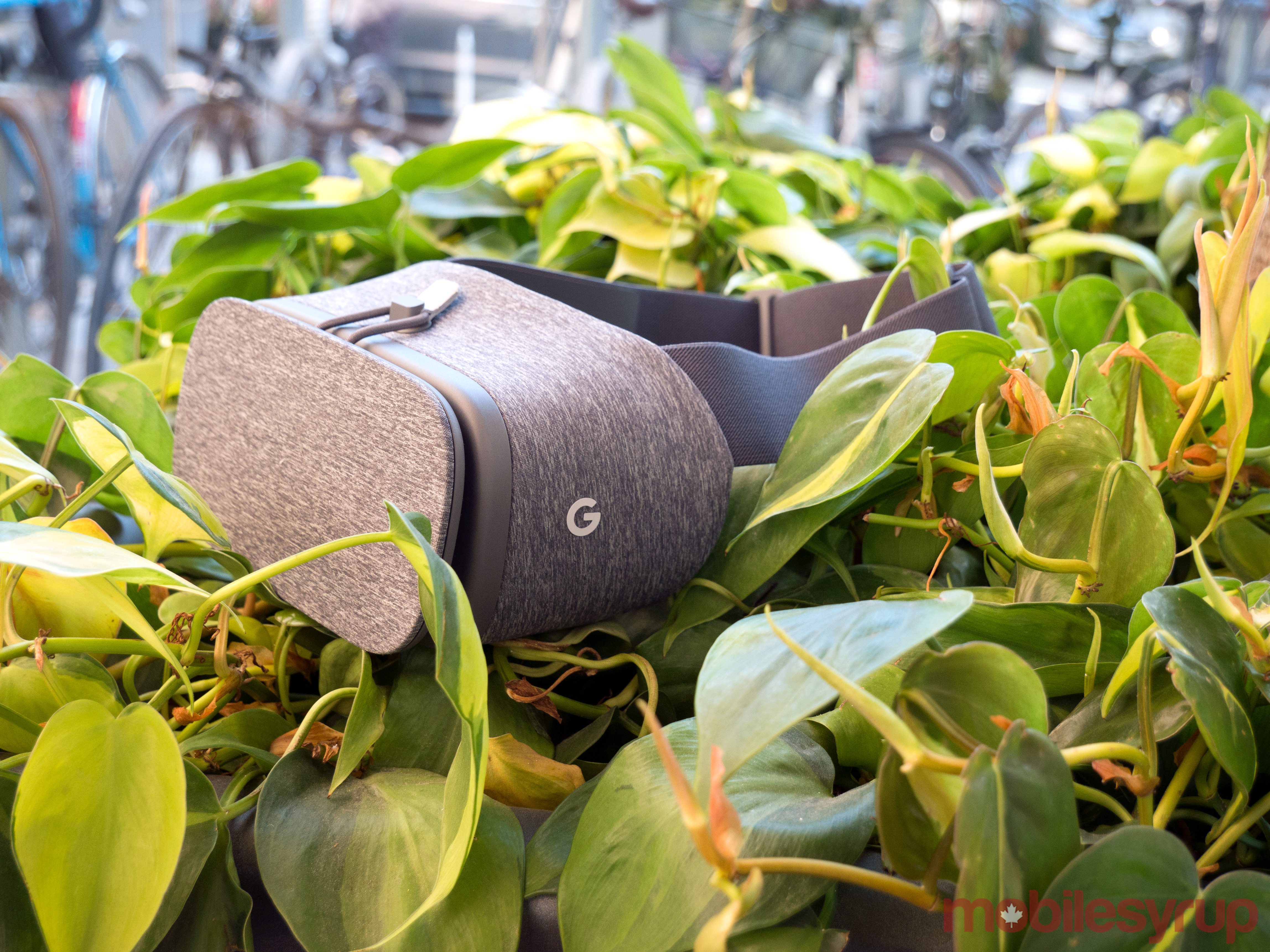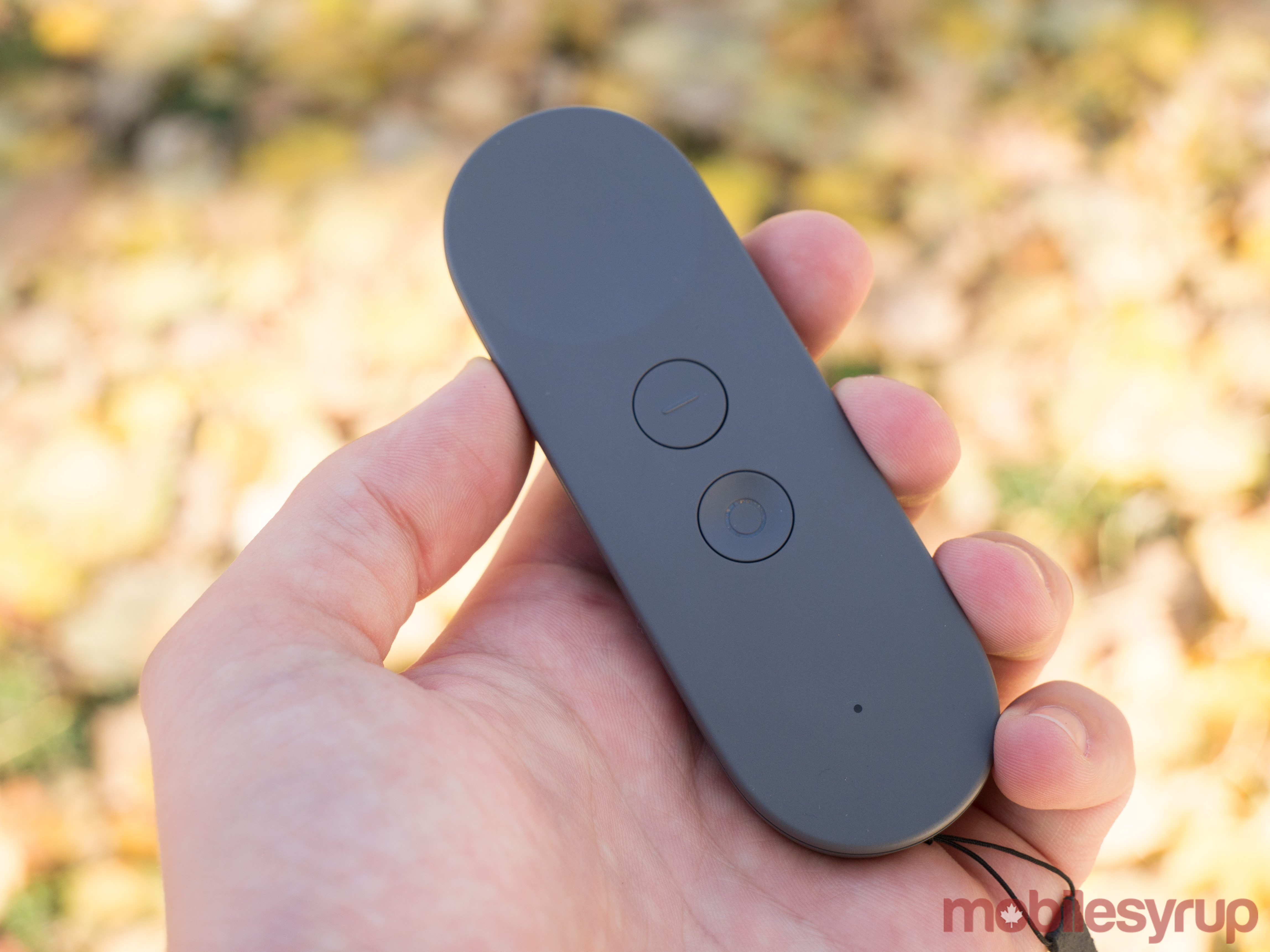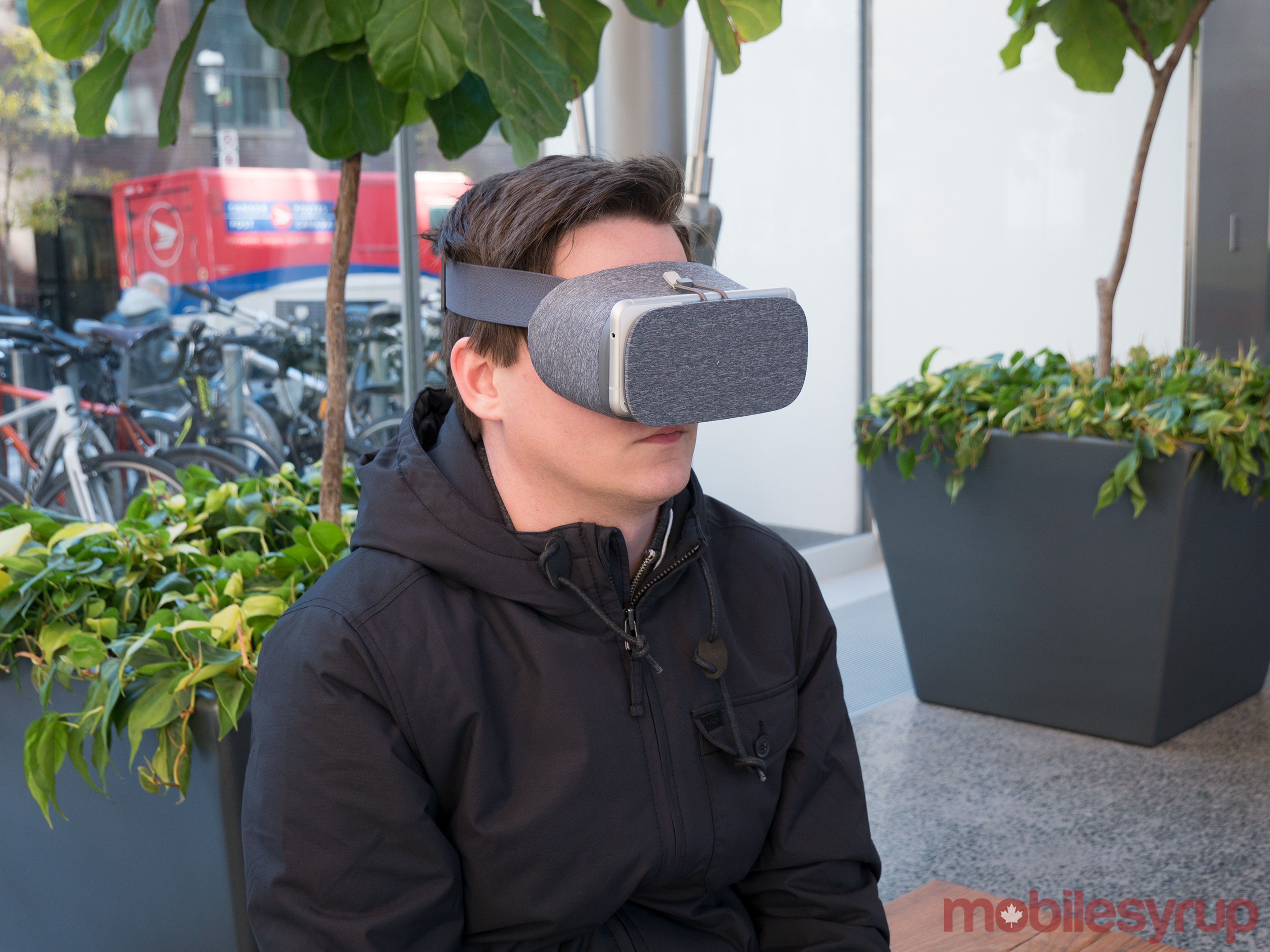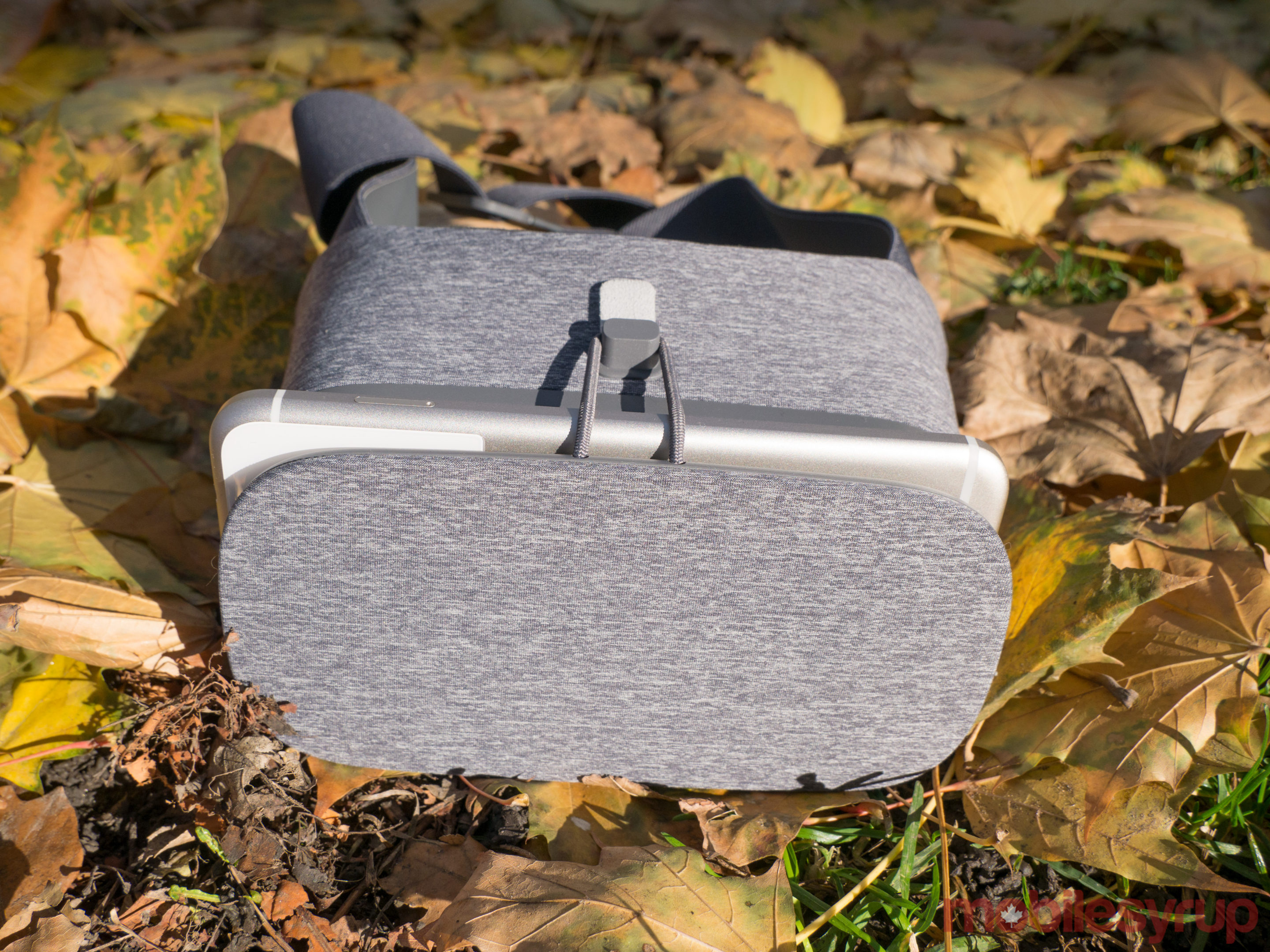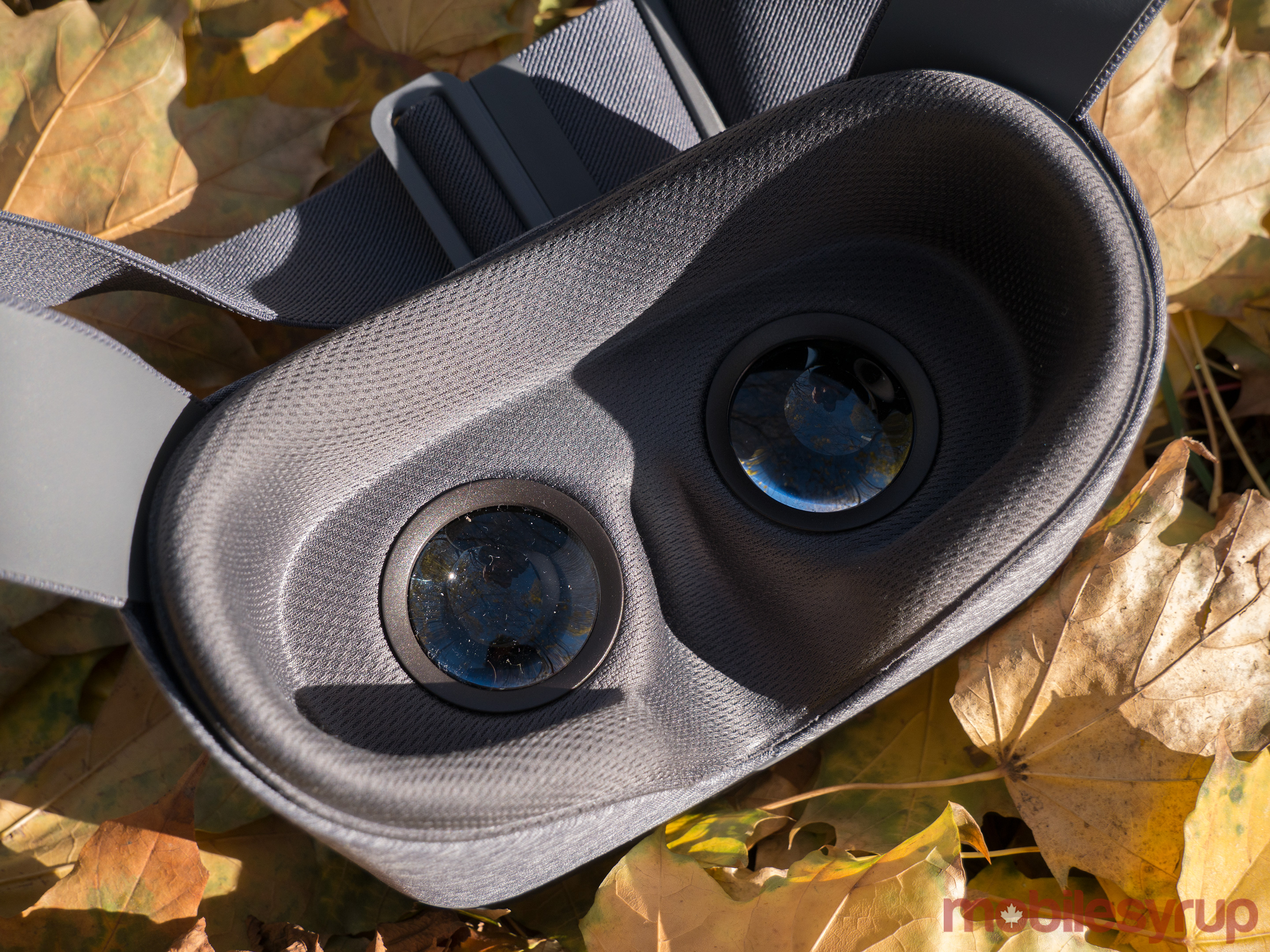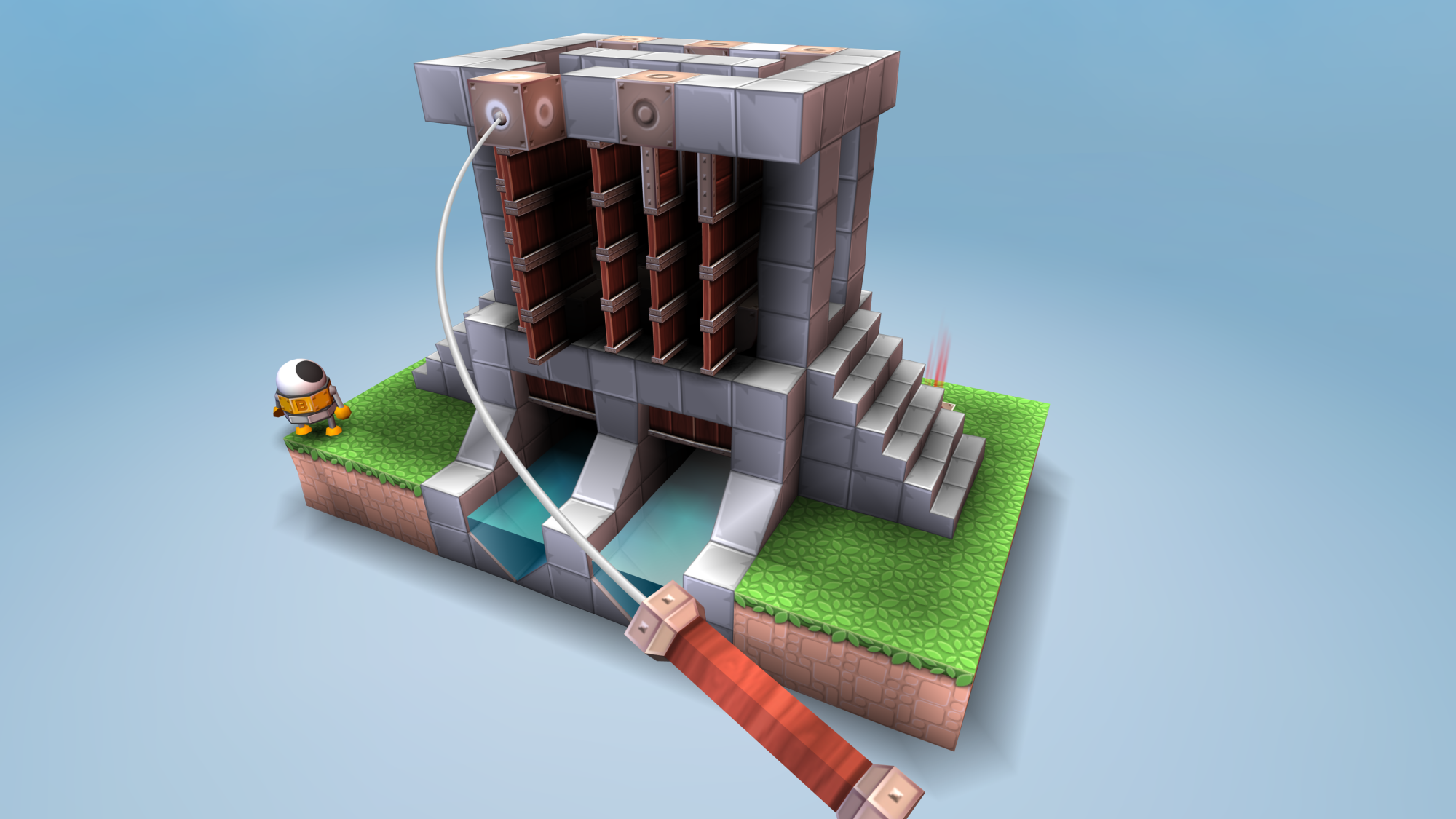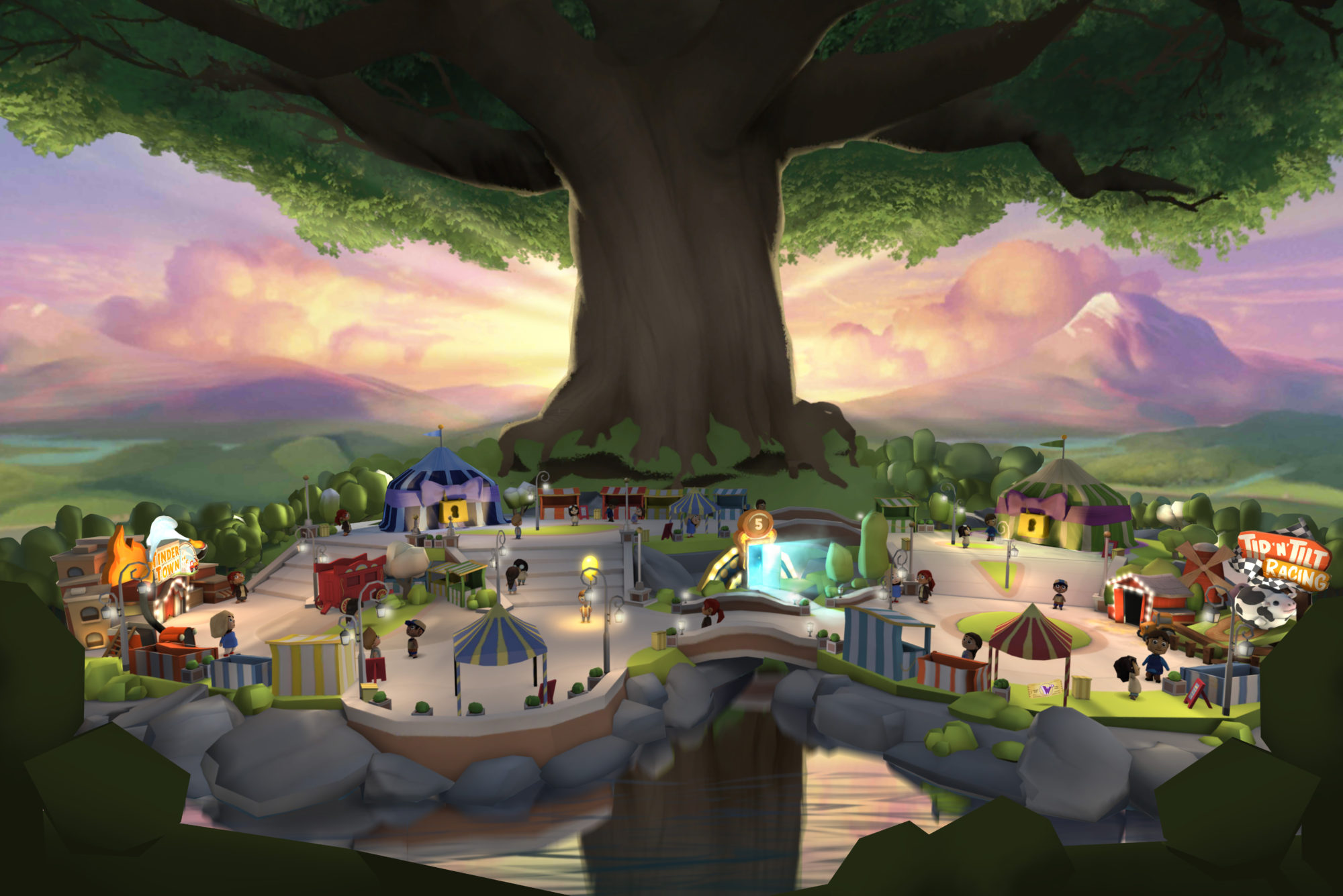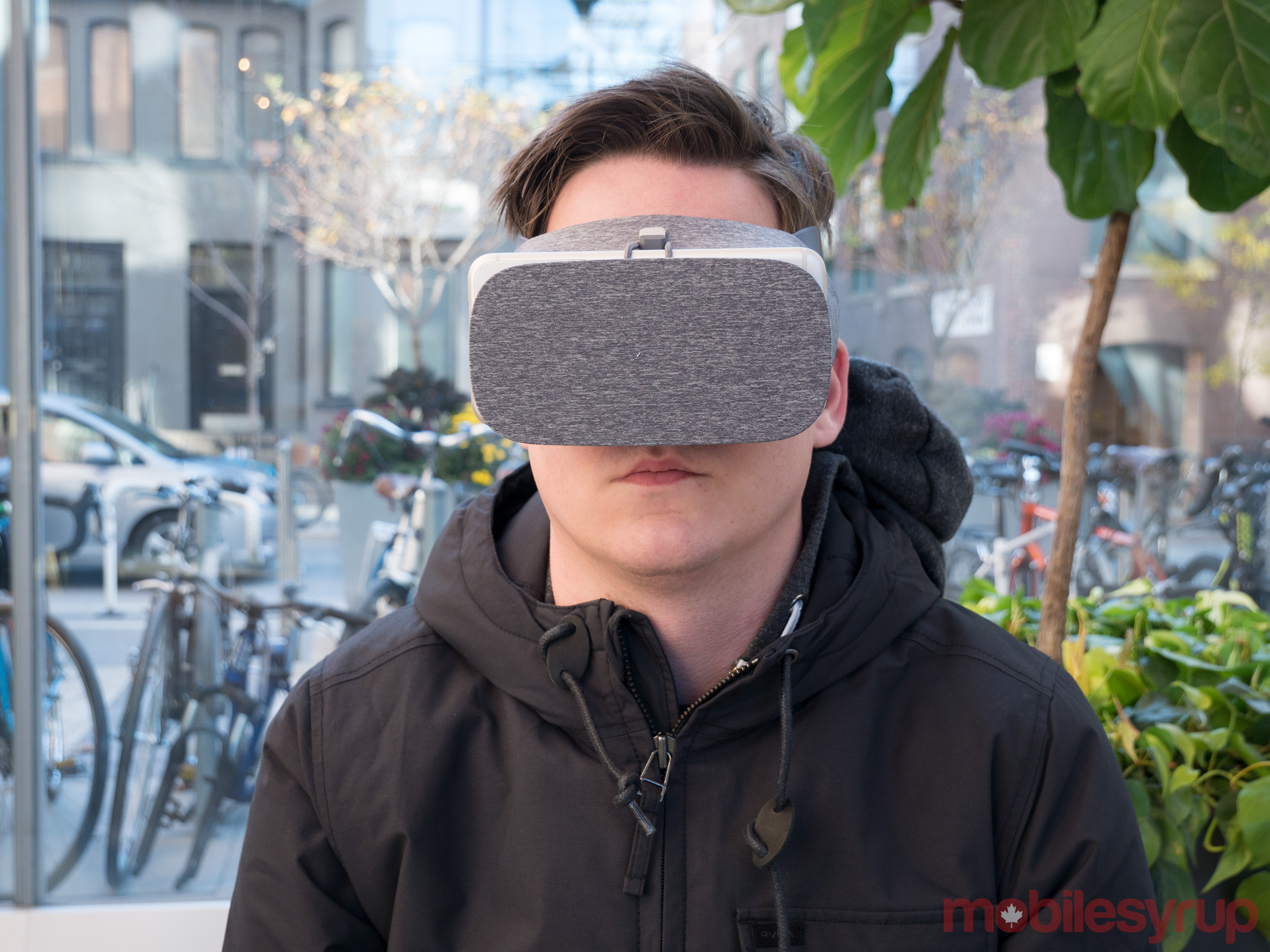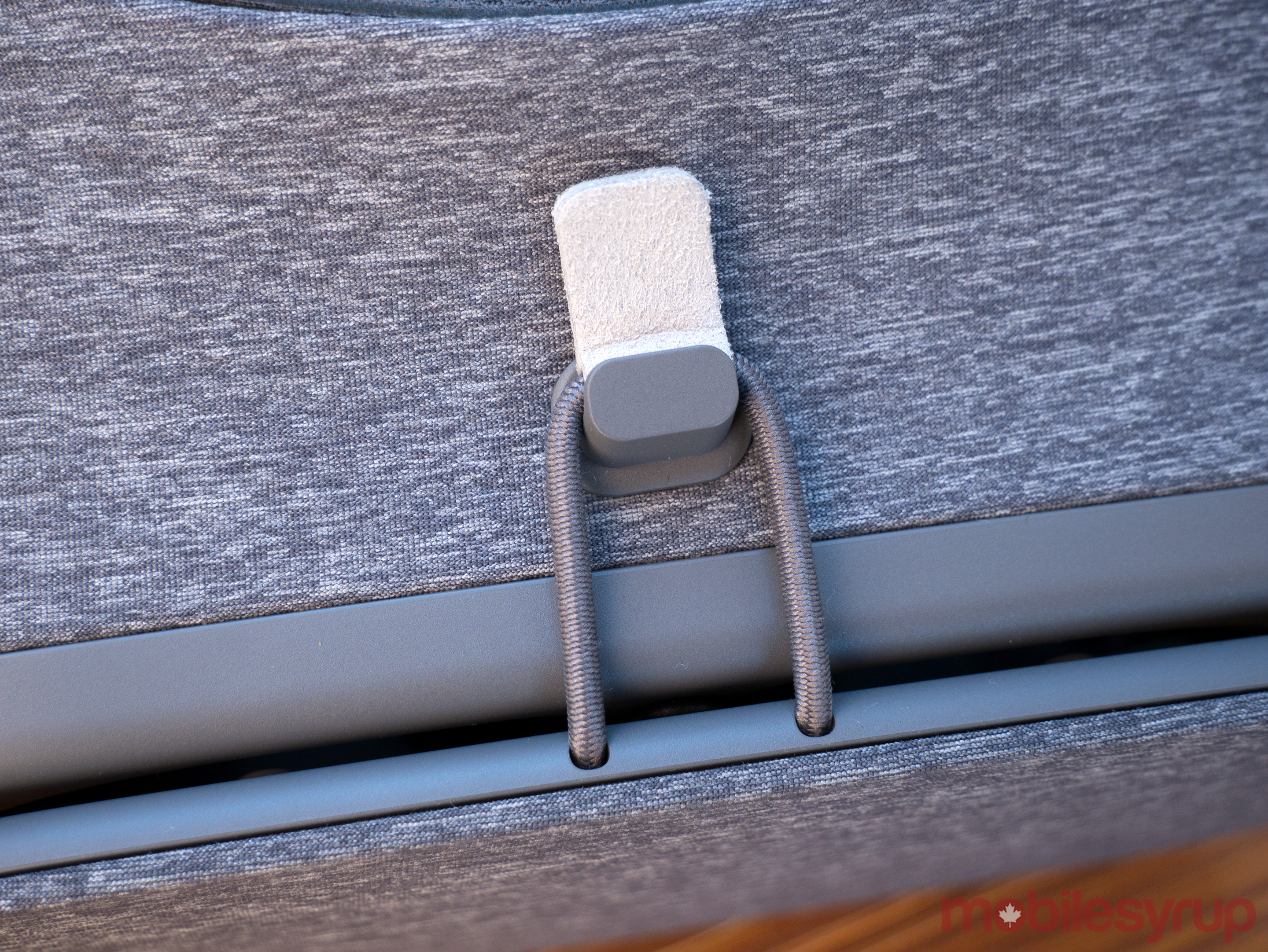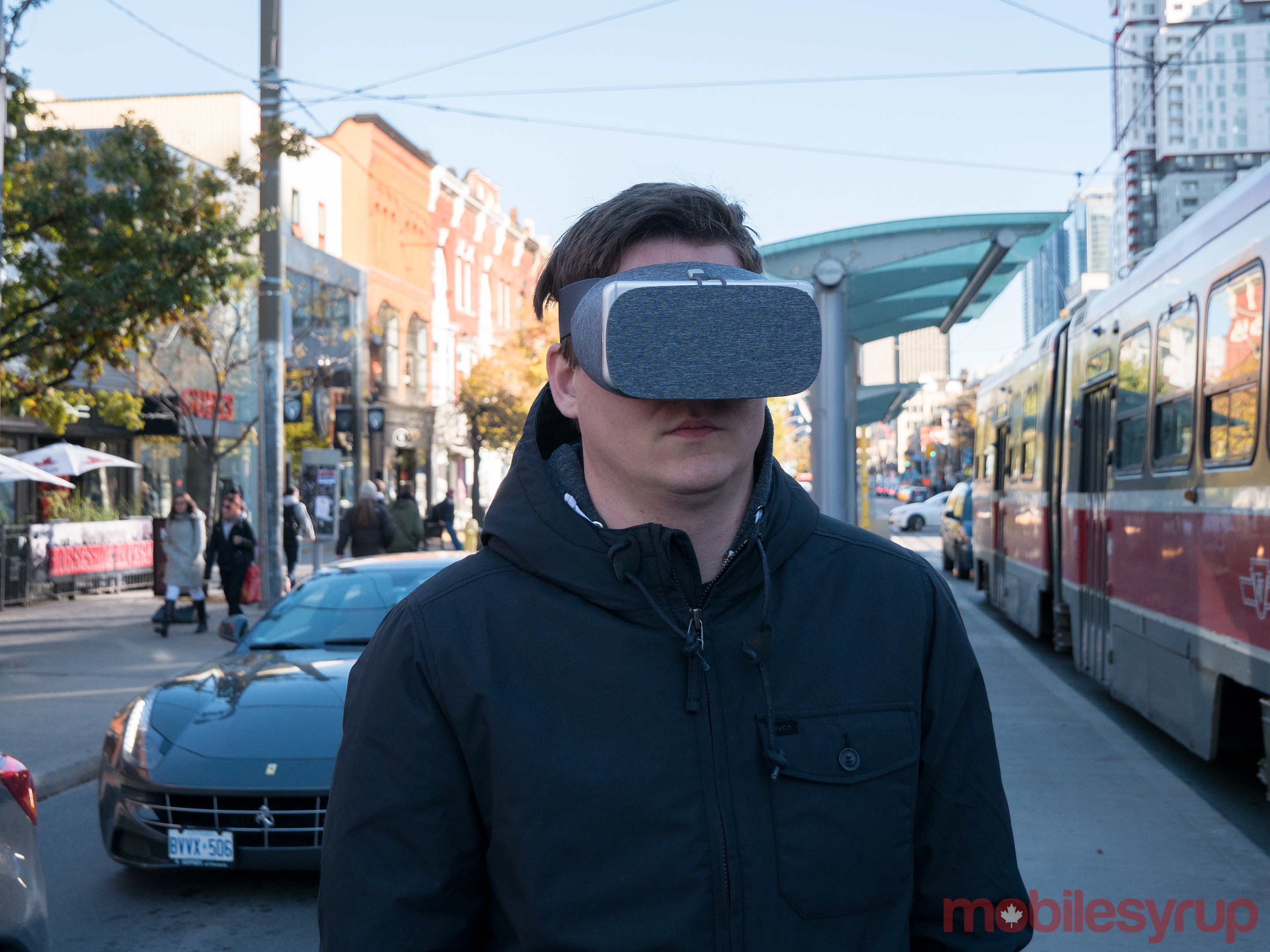
Over the last few years, there’s been a lot of posturing about VR’s potential impact on how we consume media as well as our overall day-to-day lives.
While I still believe in the power of virtual reality, I’m always the first to admit that we’re still a number of years out from the medium having a real impact on the average individual, with gaming being the primary driving force behind the burgeoning technology right now. The HTC Vive, arguably the most compelling VR solution on the market, along with the Oculus and its Touch controllers, are two expensive, high-end headsets tethered to even more expensive PCs. The barrier of entry for these devices is enormous right now and that’s not going to change anytime soon.
Google Cardboard was a great low-cost start to Google’s VR dream, with Samsung building off the device’s momentum through its impressive but limited Gear VR. While the Gear VR — now in its second iteration — is the best affordable VR headset out there, it’s held back by the fact that a recent Samsung device is required to use it.
This is the problem Google hopes to solve with Daydream View by building a universal, unified low-cost Android-based VR platform, both in terms of software and hardware. The resulting device is a solid start for the Mountain View, California-based company’s continued VR ambitions, though it’s clear that the headset itself still has a long way to go if it’s to reach its lofty goal of mainstream adoption, especially since the only two smartphones that Google has announced that currently support the headset are its expensive Pixel and Pixel XL (more devices are reportedly coming soon).
It’s like wearing sweat pants on your face
While Daydream View shares many similarities with Google Cardboard, as well as other low-cost VR headsets on the market right now, it distinguishes itself visually through its unique fabric look — which is admittedly a weird approach to consumer technology we rarely see.
View looks like a standard virtual reality headset wrapped in a pair of comfy track pants, adopting a mesh material that covers the entire device. While some have scoffed at this aesthetic, in an industry full of hard, often angular, gray plastic or metal, the look Google has adopted with View feels welcoming and oddly familiar.
The headset is also lightweight and features padded cushioning that runs the circumference of your face while wearing it, making View significantly more comfortable than Gear VR. It’s worth noting that View, unfortunately, doesn’t feature a top strap, which means unless you have it tightly attached to your face, it can easily slide up or down when moving your head around rapidly. While few launch Daydream View experiences require this type of interaction, this could change in the near future.
Even with this issue, Daydream View remains one of the most comfortable headsets I’ve ever used, but its single strap isn’t enough to support the entire weight of the device, especially with the Pixel XL. This led me to often prop View up with my hand in order to stabilize and keep it in place, similar to what I was forced to do with Gear VR and Google Cardboard, resulting in light often making its way into the headset, detracting from the overall experience.
Overall, Google is vying for something different with View’s look and as far as I’m concerned, the company has been very successful in terms of achieving this goal. View looks different from any VR headset before it and feels like a high-quality device, despite its relatively affordable $99 price tag.
A motion-based controller also comes with the headset. While this inclusion may seem inconsequential, this small peripheral fundamentally changes the type of experiences developers can create for Daydream View The WiiMote-like wand, allows developers to create point-and-click-based interfaces in games, as well as simple motion interaction. The controller looks a lot like the Nexus player’s remote and controls somewhat similarly to a more inaccurate version of the HTC Vive’s wand remote, complete with a track pad located at its top that works as a direction input.
Actions like twisting, tilting and moving are all tracked with an impressive level of accuracy. The inclusion of this remote right in the View’s box solves the Gear VR’s fundamental control problem.
With Gear, given the fact that developers know some users won’t own a controller, apps and games need to be developed with a variety of input devices and controls schemes in mind. This is not a problem with the Daydream View thanks to its included controller.
Fast and responsive
One of the most impressive things about Daydream is the fact that the either the Pixel or Pixel XL just needs be placed in its front slot, which opens via a hinge that’s then held up with an elastic; there’s no tethering or syncing process required at all to get View up and running. All users need to do is place either the Pixel or Pixel XL in the VR headset to activate Daydream’s VR mode, giving users access to View’s VR OS and a variety of apps.
Practical obstacles still hold View back, however. For instance, wearing glasses with the headset is uncomfortable and unlike the Gear VR, there’s no way to change the focus of the View’s lenses. The only way to adjust focus is to move the headset up or down until the image becomes clear. Also, because the View is powered by the Pixel and Pixel XL, if the screen has dust on it, it’s going to show up on the screen when you’re using it. This means that ensuring the display is clear when you first pop it into Daydream View is important. This is an issue that Cardboard and the Gear VR also suffered from.
View is significantly more responsive when it comes to head tracking, especially when compared to the Gear VR and Google Cardboard, because the entire point of Daydream is to create a universal hardware standard for Android virtual reality.
The headset, however, doesn’t feature built-in speakers and the audio emitted from the Pixel doesn’t sound that great. This means that using headphones with the Pixel is a necessity to get accurate spacial audio, though the same can be said about almost every VR headset currently on the market.
Where are the apps?
The biggest issue with Daydream right now, at least at launch and possibly due to the limited preview build Google provided me with, is a lack of software currently available for the headset.
YouTube is the most interesting app available for View, giving users a special section of the video platform exclusively designed for 360 degree video. Street View is also included in Daydream, allowing users to tour 150 different locations, as well as Google Arts & Culture, a curated selection of museums from around the world, with each of these apps being completely free. These are the type of apps I see the average user briefly checking out for a few hours and then rarely coming back to. They certainly have a significant amount of educational value though, so perhaps these are the types of experiences they would work better in a school setting.
While the above apps are a great introduction to VR, they don’t really offer an experience beyond what the Gear VR or Cardboard offered users. The software currently available for the headset that’s been built from the ground up for Daydream, however, is more impressive, though there are only a few experiences available at launch (Google says this will change by the end of the year).
Wonderglade transports players to a carnival-themed world full of classic games, allowing users to use the View’s controller to putt, tilt and spin through various levels. Various other apps, like Mekorama ($3.99 USD), Star Chart VR ($4.99) and Hunters Gate ($5.99), my favourite of the bunch — which also features co-op play over local WiFi — round out the View’s experience, with each game offering compelling gameplay.
Hunters Gate, for example, utilizes the View remote’s contextual indented direction pad to move your character around from a top-down third-person perspective and is likely the best example of what video game developers are capable of creating for Google’s universal VR platform.
In some ways the game reminds me of a simplified virtual reality version of Diablo.
A promising start
Google says more apps are coming to Daydream View, including video streaming services like Netflix and Jaunt VR, as well as over 23 games by the end of the year like Keep Talking and Nobody Explodes, Gunjack 2: End of Shift and Need for Speed: No Limits VR.
So support for the headset does exist and more apps are on the way; it’s just a question of whether or not a healthy dose of game releases will continue into 2017. The other question surrounding Daydream is what upcoming smartphones will actually end up being VR-certified by Google, with the Pixel and Pixel XL being the only two devices on the market right now, the entire universal purpose of Google’s new VR platform is a moot point.
This could change in the near future, but as it stands right now, the Daydream View is little more than an upgraded version of Google Cardboard that’s on par with Samsung’s Gear VR in terms of performance.
View is a promising start for Google and, while I believe the headset could have a significant impact on the virtual reality industry, it’s going to be a number of months until we know if Google’s lofty ambitions actually come to fruition.
MobileSyrup may earn a commission from purchases made via our links, which helps fund the journalism we provide free on our website. These links do not influence our editorial content. Support us here.

